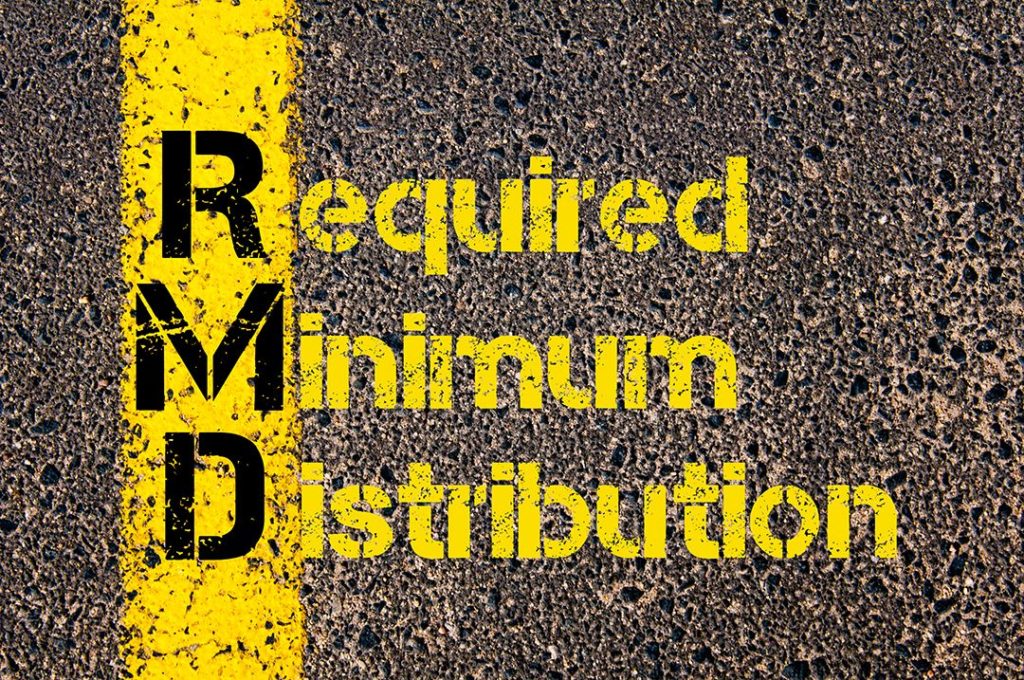On Tuesday, June 23rd the IRS released Notice 2020-51, which updated and expanded CARES Act relief for Required Minimum Distributions (RMDs) on tax-deferred IRAs, 401(k)s, and 403(b) accounts for 2020.
An RMD is the amount the IRS mandates people age 70 ½ (born before July 1, 1949) or age 72 (born after June 30, 1949) take out of their tax-deferred accounts in order to pay tax on those savings.
The two most important points of this update are:
- Anyone who has taken their RMD at any time in 2020 can return it to their IRA or other tax deferred account. The original legislation limited returns to RMDs taken between February 1 and May 15. Now, retirees who took their RMD (or partial RMD) in January of 2020 or after May 15, 2020 can return that RMD.
- The deadline to return RMDs has been extended to August 31, 2020 from the original deadline of July 15, 2020.
This ruling also applies to RMDs on Inherited IRAs, which were previously excluded from the CARES Act.
Why would someone want to return their RMD? The most important reason would be to delay taxes that do not need to be paid this year. Some retirees, and inherited IRA owners, may not need the distribution because they have other sources of income for 2020. By not taking the RMD, or returning it, they will not be taxed on that income in 2020 and it will be allowed to continue growing tax deferred.
The intent of the relief is to avoid forcing people to take money out of their tax-deferred savings during the Coronavirus crisis and stock market decline.
For those who have taken their RMD for 2020 and would like to take advantage of this ruling there are a couple ways you can recoup your tax bill:
- You can return the amount you received from your RMD and add the taxes that were withheld.
For example: Let’s say you had a $20,000 RMD, you received $16,000 and had $4,000 withheld for taxes. You can return the full $20,000 to a tax-deferred account.
To recover the taxes, you can either reduce your quarterly estimated payments or you can wait until you do your taxes for 2020 and the amount will be adjusted then, resulting in either less tax owed or a refund.
- Or, you can turn the net amount received from your RMD into a Roth conversion. Simply deposit the net amount into a Roth IRA where it will never be taxed again. Using the aforementioned example, where you had a $20,000 RMD and had $4,000 taxes withheld, you could deposit $16,000 into a Roth.
Given the historically low tax rates today, the chance for higher tax rates in the future, along with the impacts of recently depressed stock prices, we find the Roth conversion option particularly appealing for many clients. Having said that, each individual’s situation is unique and should be considered when determining the best course of action for an unwanted RMD.
We recommend that you check with your financial advisor or tax preparer prior to making your final decision and implementing a revised RMD strategy. Clients with questions about their RMDs should contact us at 716-634-6113.
Michael Angelucci, CFP®, MBA
Financial Advisor


